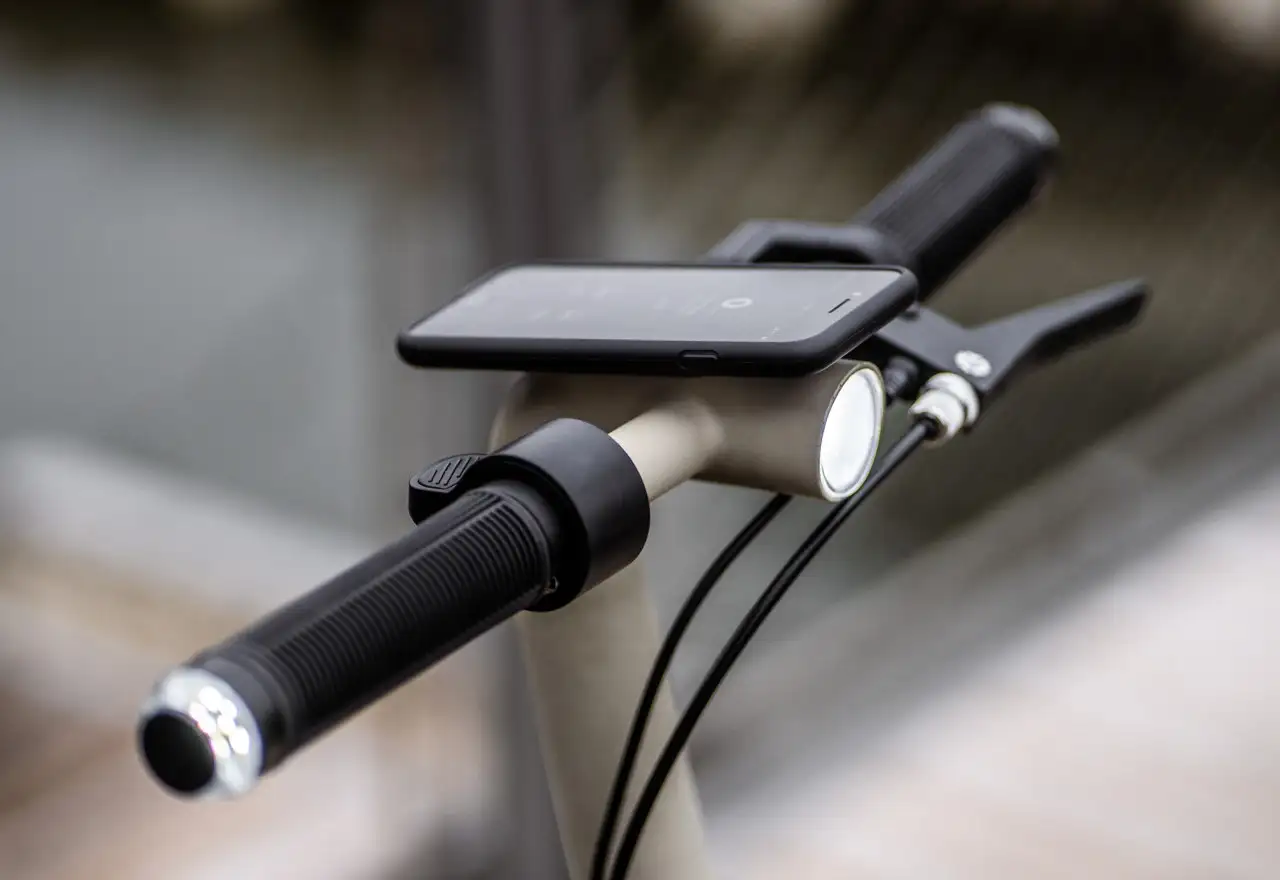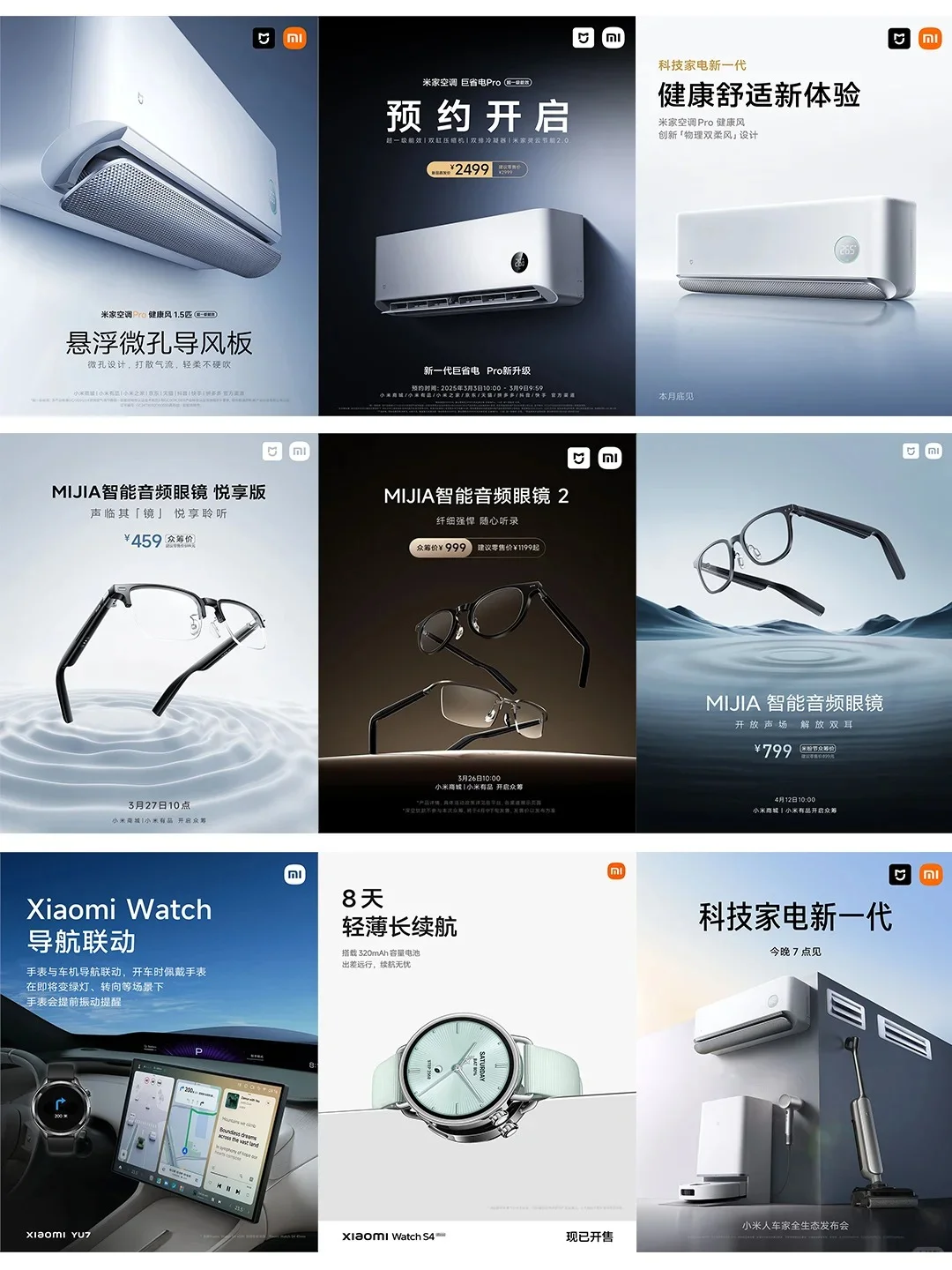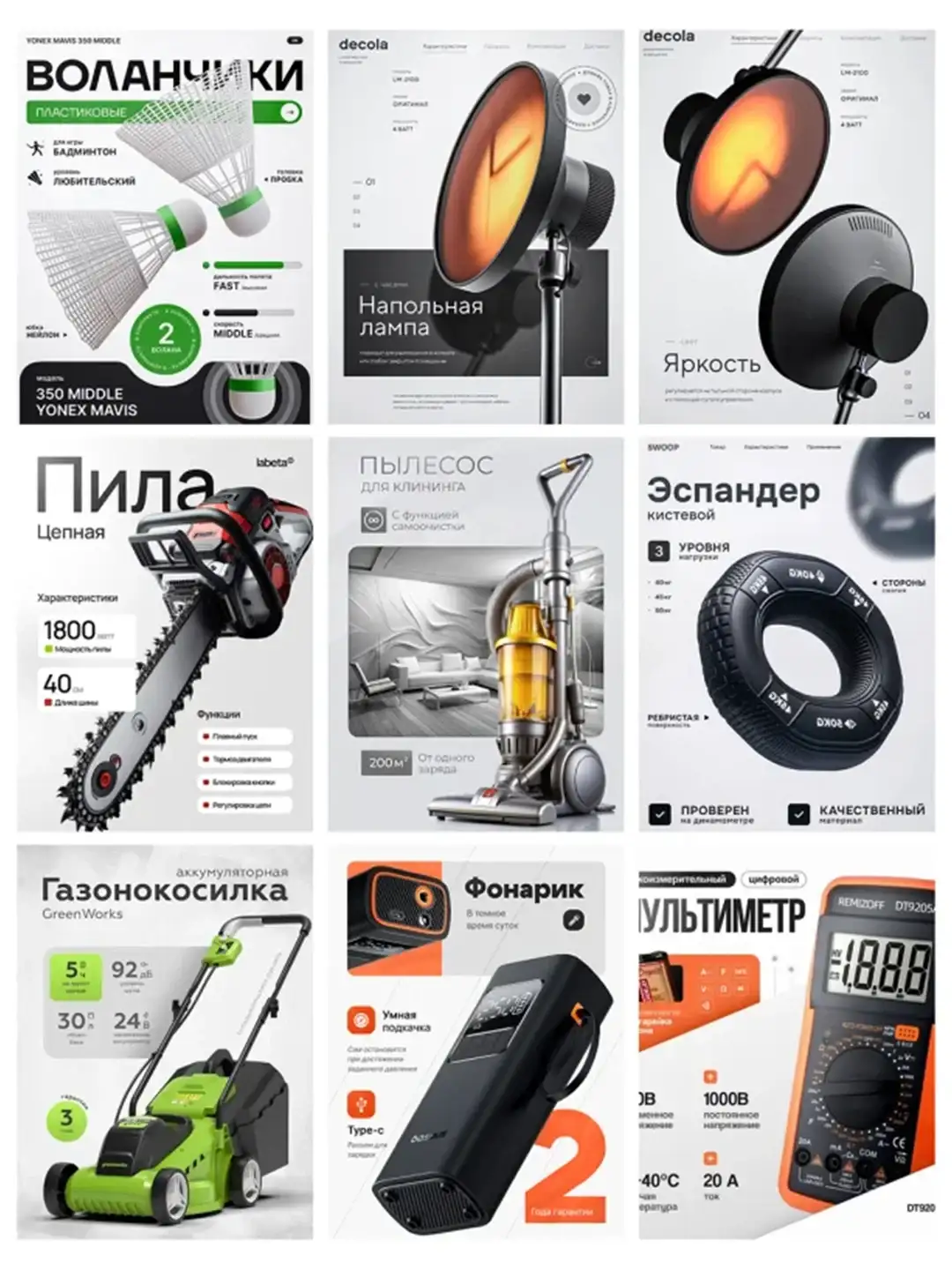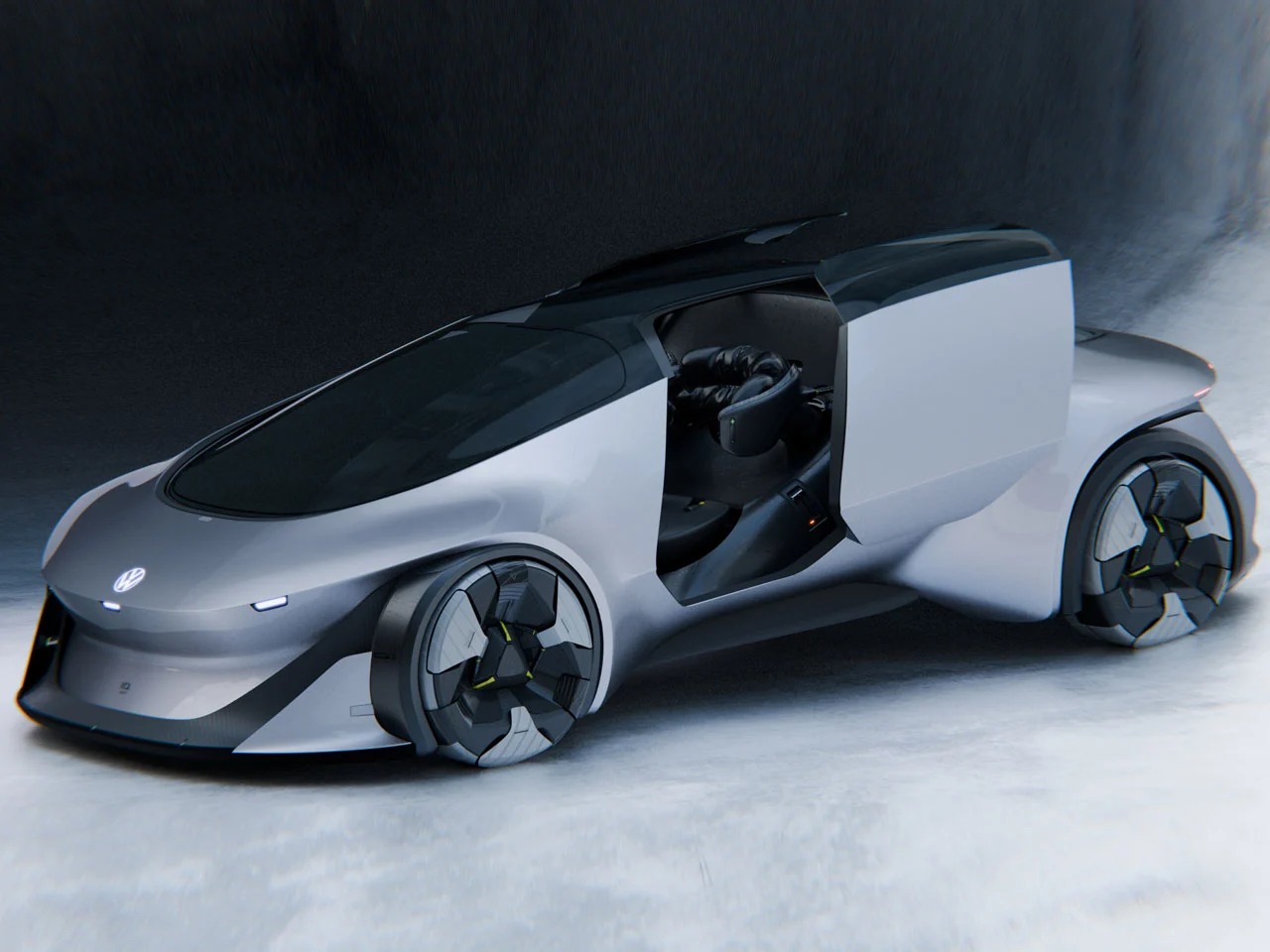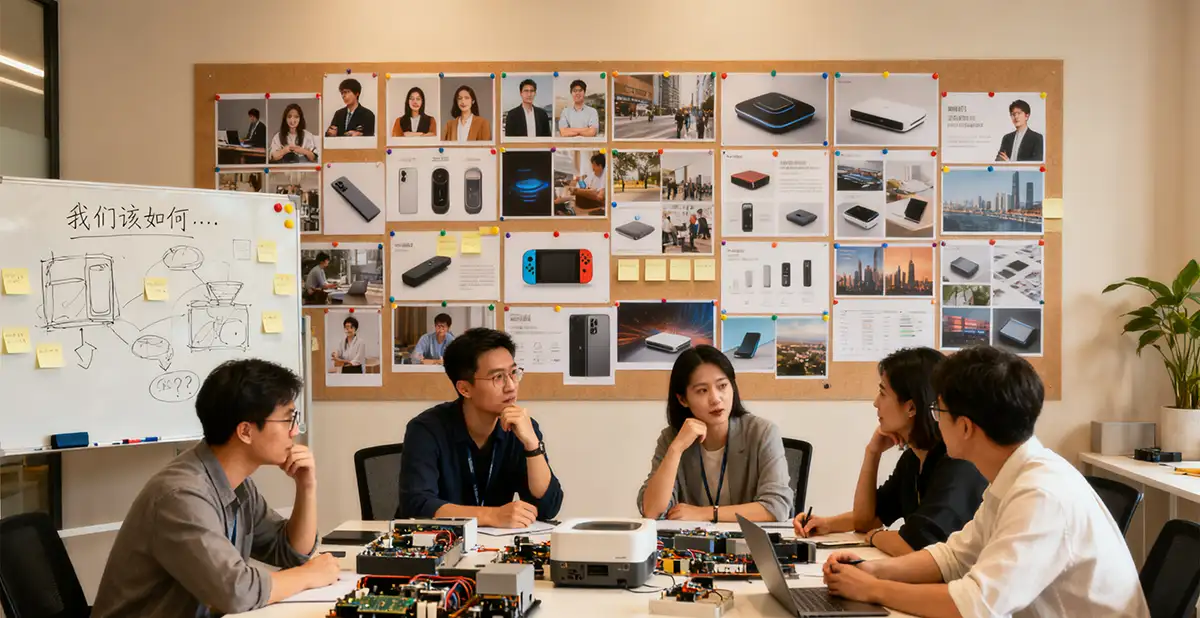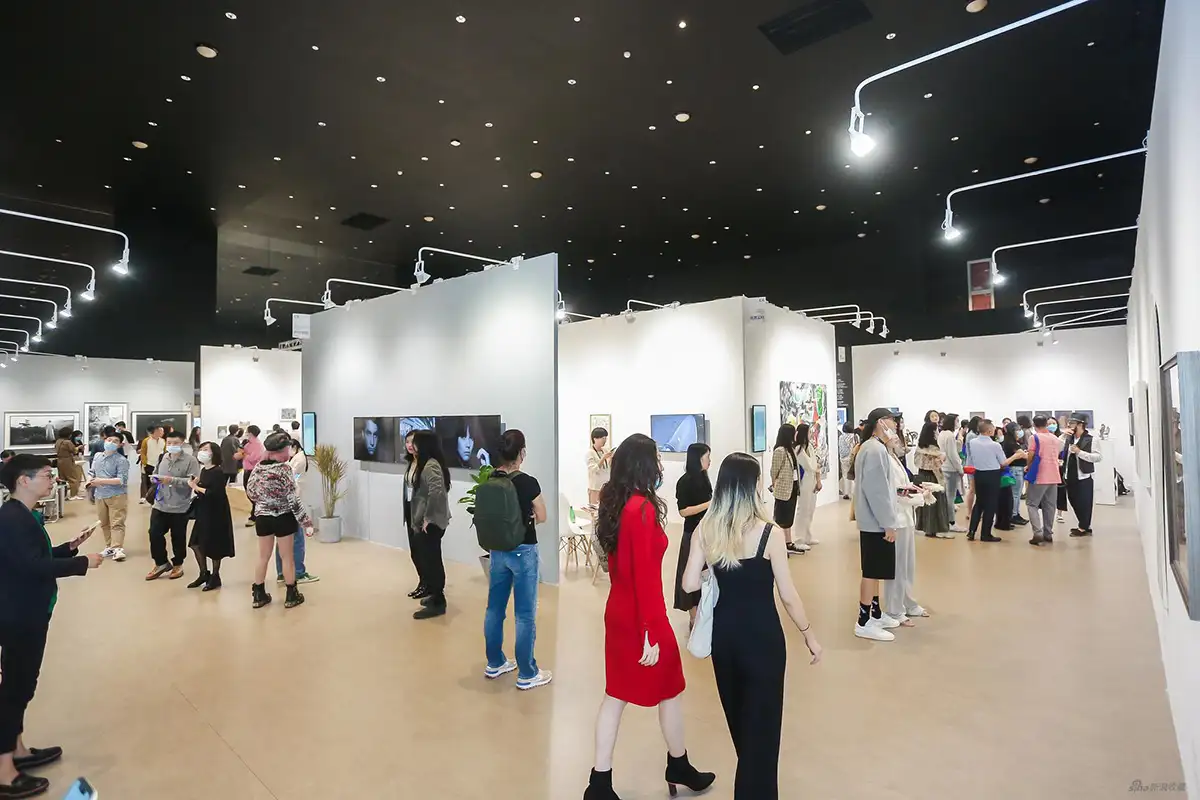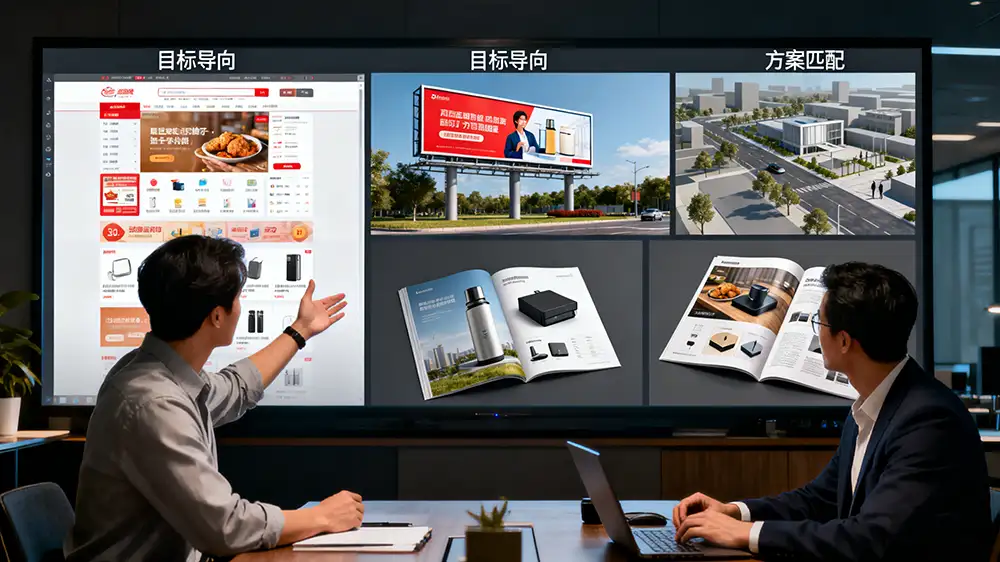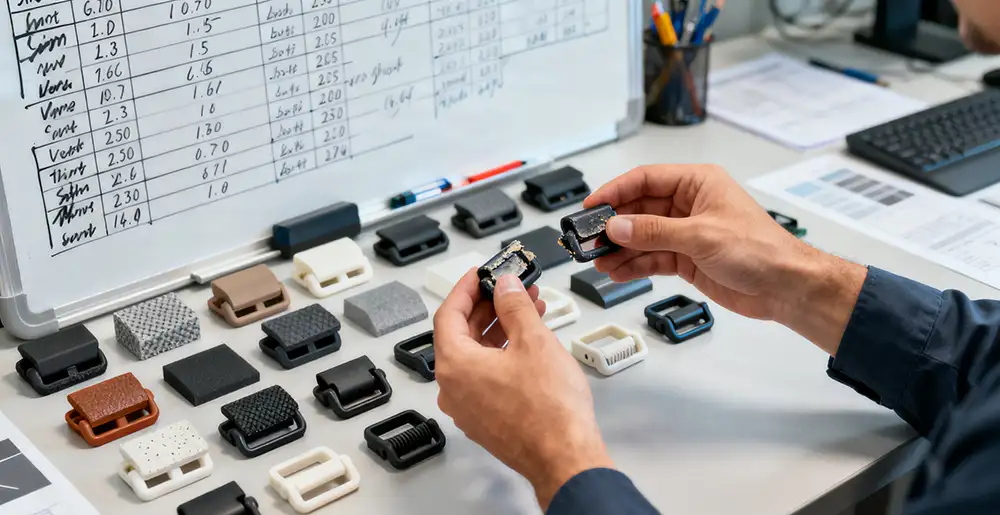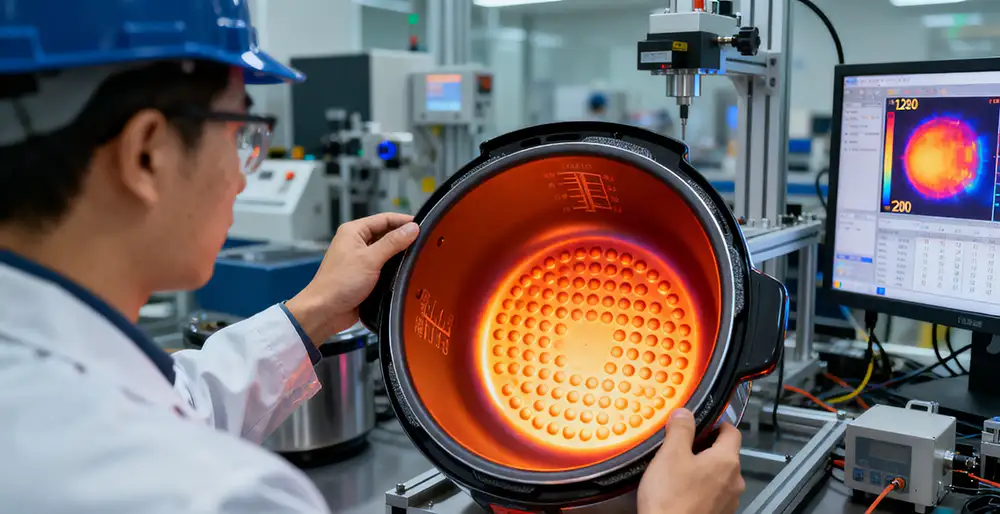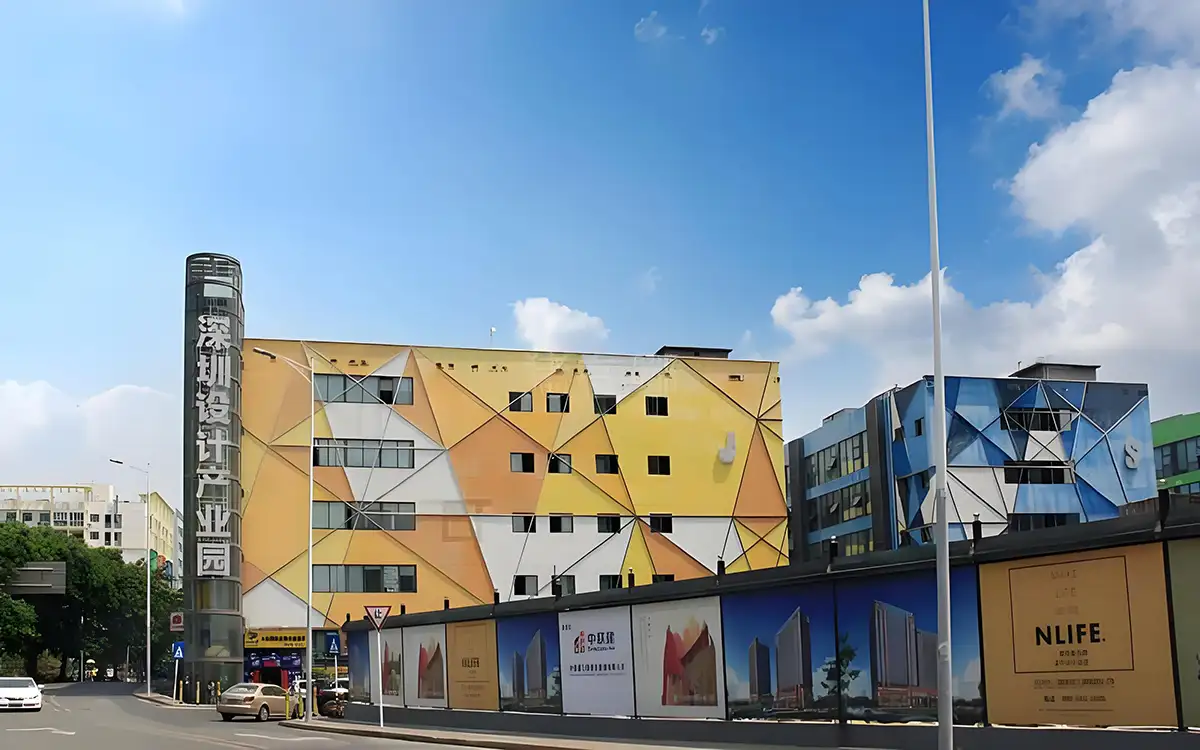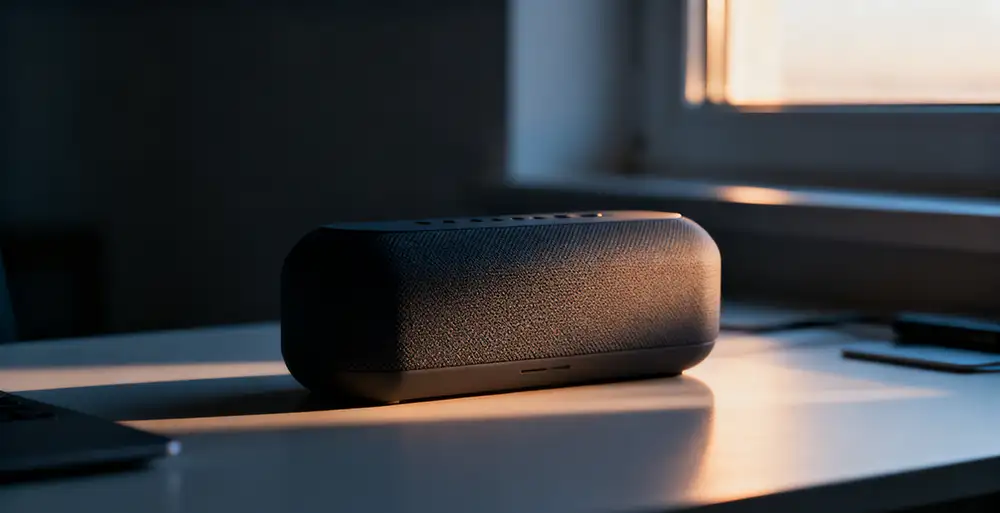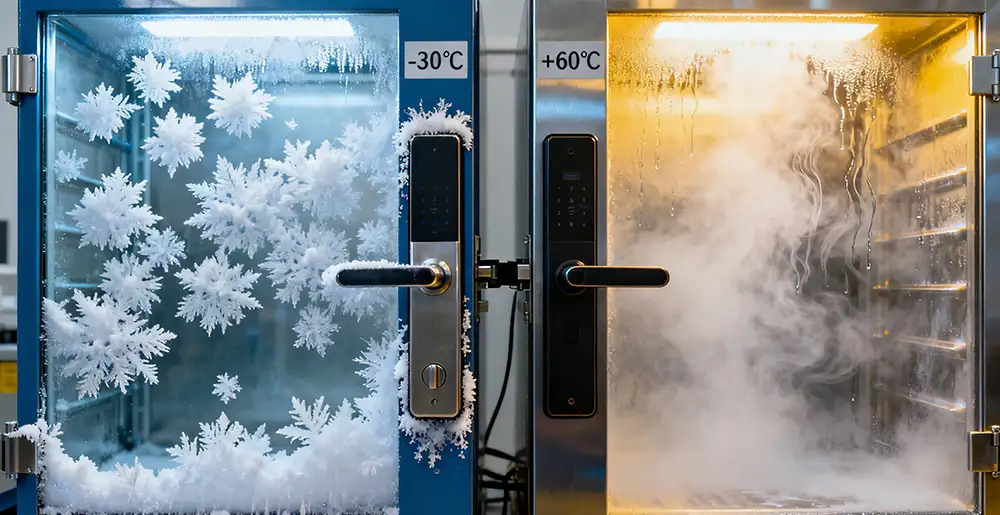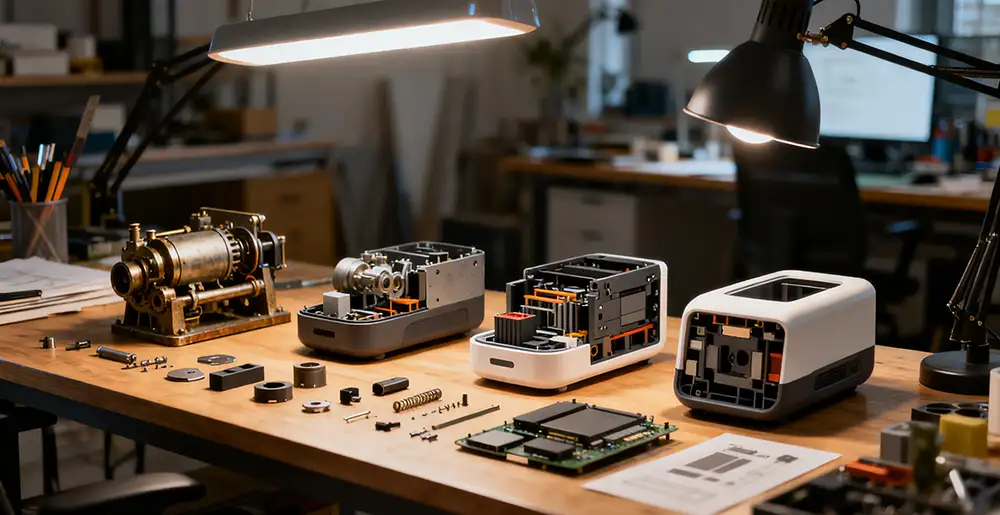NINEIDEA:不知道你有没闪过这个念头,产品设计行业是不是吃青春饭的行业?其实不然。这个行业更像一位随着时间不断成长的 “资深从业者”,从初出茅庐的冲劲,到中年时期的沉稳干练,再到资深后的洞见深远,每个阶段都有独特的价值,绝非仅靠年轻就能立足。
经验与成长:让职业价值随时间 “发酵”
刚入行的年轻人的确有优势,学习新工具快、适应高强度工作的体力足。但设计的核心是解决问题:比如如何平衡产品外观与产品结构的矛盾,如何保证产品从概念设计到生产落地,这些都需要结合技术可行性、产品真实需求和商业逻辑来优化。这时候,资深设计师的优势就显现出来了:他们经历过数十个项目的打磨,见过用户形形色色的痛点,更懂得如何在美观与实用之间找到平衡。比如在适老化设计中,年轻人可能只关注外观风格的美化,而资深设计师会留意到老年人手指灵活性下降,将按钮尺寸精确到毫米级;在工业设计领域,一款医疗设备从概念到落地需要 2-3 年,资深设计师能凭借对材料特性、生产工艺的熟悉,提前规避成本陷阱和技术难点。这些能力,都是岁月沉淀的 “硬通货”。
多元路径:每个阶段都有 “破局点”
产品设计的职业发展绝非单一路径
深耕专业:从执行者到 “领域专家”
若专注垂直领域,比如汽车 HMI 设计、医疗设备人机工程,5-10 年就能成为行业稀缺人才。这类岗位不仅需要技术功底,更依赖对特定用户群体(如驾驶员、医护人员)的深度理解,经验越丰富,竞争力越强。
转向策略:从 “做事” 到 “做局”
升到设计总监、用户体验专家,工作重心会从具体绘图转向顶层规划 —— 如何搭建科学的设计系统,如何通过用户旅程地图提升产品转化率,这些更考验商业思维和全局视野,与年龄无关,却与行业认知深度正相关。
跨界拓展:设计能力的 “破圈应用”
积累经验后,可转向产品经理、设计咨询,或凭借审美与创意创业,比如像我这样开设自己的设计工作室。这些方向更看重综合能力和资源整合,年龄反而会成为 “靠谱” 的背书。
行业趋势:给 “资深者” 更多机会
当下技术变革和社会需求变化,反而让资深设计师更有优势
AI 工具:效率助手而非替代者
Midjourney、Figma 等工具能快速生成初稿,但 “如何让设计打动人心” 仍需人类洞察。资深设计师擅长用 AI 提升效率,同时凭借对用户心理的理解,为作品注入情感 —— 比如为老年人设计智能手表时,不仅考虑功能,还会融入 “一键呼救”“语音提醒” 等贴合生活场景的细节,这些创意离不开对真实生活的观察。
老龄化与细分需求:经验即优势
随着银发经济兴起,适老化产品、健康监测设备等领域需求激增。资深设计师更懂不同年龄层的使用习惯:比如儿童玩具要考虑安全性与认知引导,老年用品需兼顾操作便捷与情感陪伴,这些设计背后的 “人性化考量”,正是岁月赋予的细腻。
打破焦虑:关键在 “主动进化”
想避免 “年龄危机”,核心是拒绝停留在 “基础执行层”
30 岁前:夯实 “技术 + 认知” 双基础
熟练掌握工具,积累不同类型项目经验,同时培养用户调研、数据分析等 “软技能”,避免成为单纯的 “绘图员”。
35 岁后:打造 “不可替代性”
要么在细分领域成为 “专家型选手”,要么转向管理 / 策略岗,用经验赋能团队,要么自己创业单干;也可通过输出知识(如撰写行业报告、开设设计课程)建立个人品牌,让价值超越单一岗位。
设计是 “终身成长” 的旅程
产品设计从不是 “青春专属”,而是 “越老越有味道” 的行业。年轻时拼学习力和执行力,中年拼经验和策略,资深后拼洞见和资源 —— 每个阶段都有对应的 “生存法则”。只要保持对行业的热爱和持续进化的心态,年龄只会成为加分项:你对用户的理解、对商业的嗅觉、对细节的把控,都会随着时间变成不可复制的竞争力。就像一位深耕多年的设计师所说:
“当你把每个项目都当作理解生活的机会,设计就会成为陪伴你一生的事业”
Is the product design industry a feast for youth?

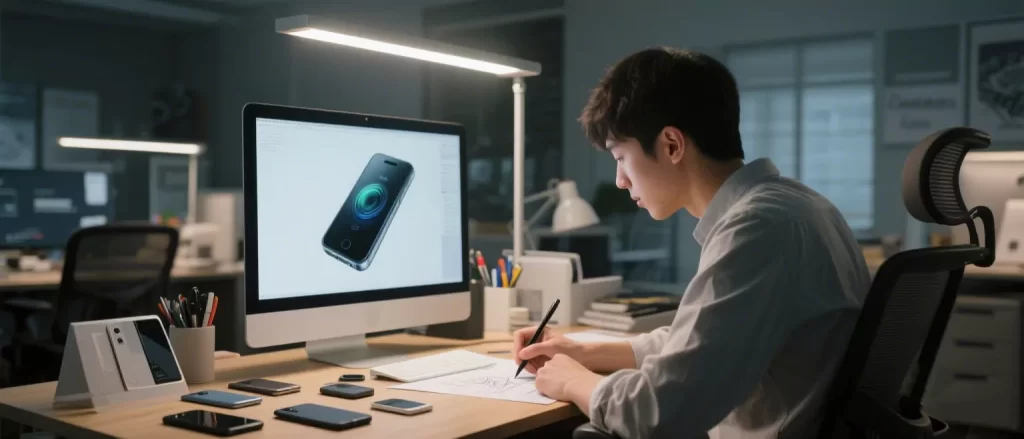
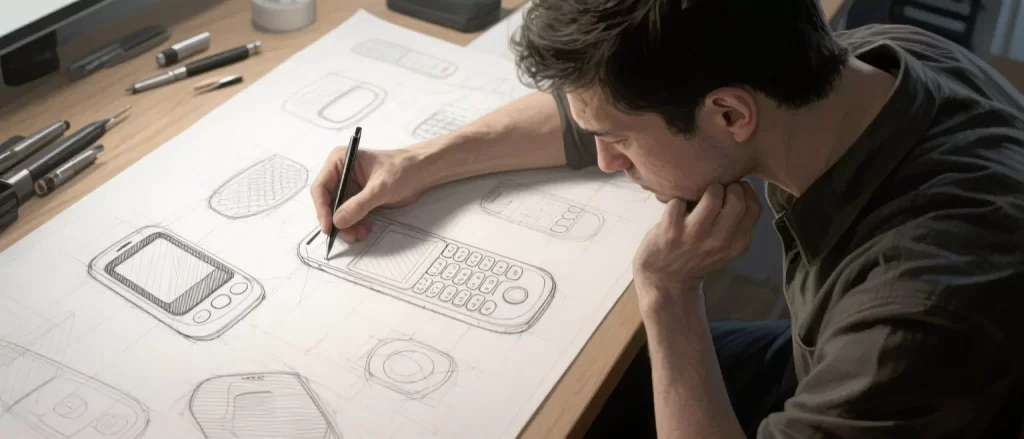
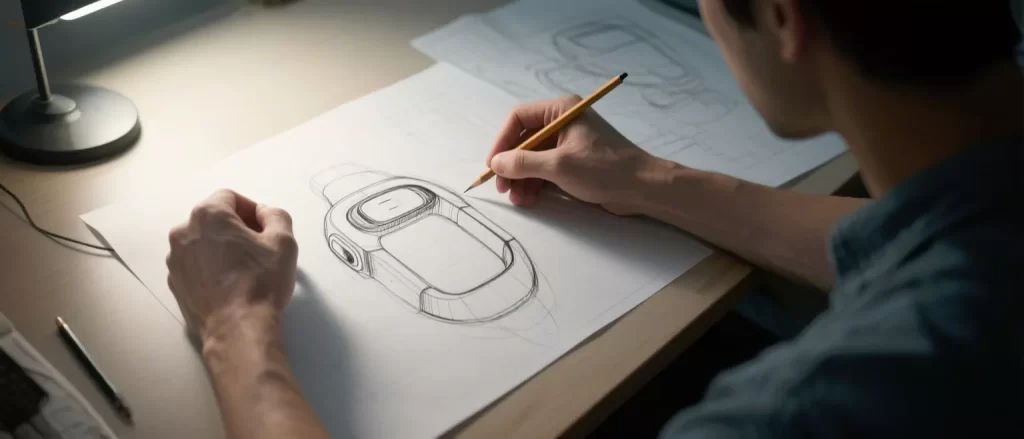

NINEIDEA: I don’t know if you have the idea. Is the product design industry a youth industry? Actually, it’s not like that. This industry is more like a “senior practitioner” who grows over time, from the initial vigor of the novice, to the steady and capable middle-aged, and to the profound insights of the senior. Each stage has unique value and cannot be established solely by youth.
Experience and Growth: Let Professional Value “ferment” over time
Young people who have just entered the industry do have advantages, such as learning new tools quickly and having sufficient physical strength to adapt to high-intensity work. But the core of design is to solve problems: for example, how to balance the contradiction between product appearance and product structure, how to ensure that the product is optimized from conceptual design to production implementation, all of which need to be combined with technical feasibility, real product needs, and business logic. At this point, the advantages of senior designers become apparent: they have gone through dozens of project polishing, seen various pain points of users, and better understand how to find a balance between aesthetics and practicality.
For example, in aging friendly design, young people may only focus on beautifying the appearance style, while senior designers may notice that the flexibility of elderly people’s fingers has decreased, and the button size will be precise to the millimeter level; In the field of industrial design, it takes 2-3 years for a medical device to be conceptualized and implemented. Experienced designers can use their familiarity with material properties and production processes to avoid cost traps and technical difficulties in advance. These abilities are all “hard currency” accumulated over time.
Multiple paths: each stage has a “breakthrough point”
The career development of product design is not a single path
Deeply cultivating expertise: from executor to “field expert”
If you focus on vertical fields such as automotive HMI design and medical equipment ergonomics, you can become a scarce talent in the industry within 5-10 years. This type of position not only requires technical skills, but also relies on a deep understanding of specific user groups (such as drivers, medical staff). The more experienced, the stronger the competitiveness.
Shift strategy: from “doing things” to “playing the game”
Promoted to design director and user experience expert, the focus of work will shift from specific drawings to top-level planning – how to build a scientific design system, how to improve product conversion rates through user journey maps, which test business thinking and global perspective, regardless of age, but positively correlated with industry awareness depth.
Cross border expansion: the “breakthrough application” of design capabilities
After accumulating experience, one can turn to product managers, design consulting, or start a business based on aesthetics and creativity, such as opening their own design studio like me. These directions place greater emphasis on comprehensive abilities and resource integration, with age becoming a reliable endorsement.
Industry trend: Give more opportunities to ‘veterans’
The current technological changes and societal demands have actually given senior designers an advantage
AI tools: efficiency assistants rather than substitutes
Tools such as Midjourney and Figma can quickly generate initial drafts, but human insight is still needed on how to make a design move people’s hearts. Senior designers are skilled at using AI to improve efficiency, while injecting emotions into their works based on their understanding of user psychology. For example, when designing a smartwatch for the elderly, they not only consider functionality, but also incorporate details that fit real-life scenarios such as “one click call for help” and “voice reminders”. These creative ideas cannot be separated from observations of real life.
Aging and Segmented Needs: Experience as Advantage
With the rise of the silver economy, there has been a surge in demand for aging friendly products, health monitoring equipment, and other related fields. Senior designers have a better understanding of the usage habits of different age groups: for example, children’s toys need to consider safety and cognitive guidance, while elderly products need to balance ease of operation and emotional companionship. The “humanized considerations” behind these designs are precisely the delicacy bestowed by time.
Breaking Anxiety: The Key to ‘Active Evolution’
To avoid an ‘age crisis’, the key is to refuse to stay at the’ basic executive level ‘
Before the age of 30: Consolidate the dual foundation of “technology+cognition”
Proficient in tools, accumulate experience in different types of projects, and cultivate “soft skills” such as user research and data analysis to avoid becoming a mere “draftsman”.
After the age of 35: Creating ‘Irreplaceability’
Either become an “expert player” in a specific field, switch to management/strategy positions, empower the team with experience, or start your own business and go it alone; You can also establish a personal brand by exporting knowledge, such as writing industry reports or offering design courses, to make value transcend a single position.
Design is a journey of ‘lifelong growth’
Product design has never been exclusive to youth, but rather an industry that becomes more flavorful as one ages. In youth, strive for learning and execution skills; in middle age, strive for experience and strategies; and in later years, strive for insights and resources – each stage has corresponding “survival rules”. As long as you maintain a passion for the industry and a mindset of continuous evolution, age will only become a bonus point: your understanding of users, business acumen, and attention to detail will all become irreplaceable competitiveness over time. As a designer who has been deeply involved for many years said:
When you see every project as an opportunity to understand life, design becomes a lifelong career that accompanies you










